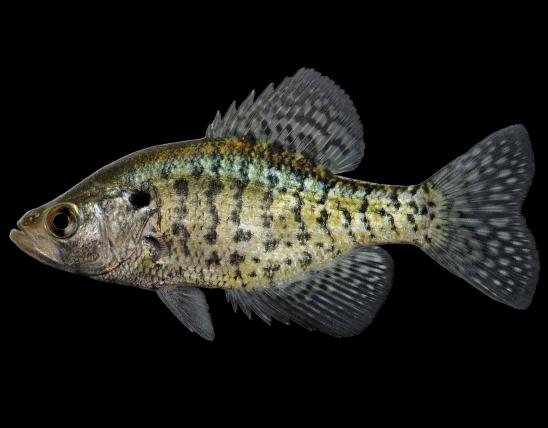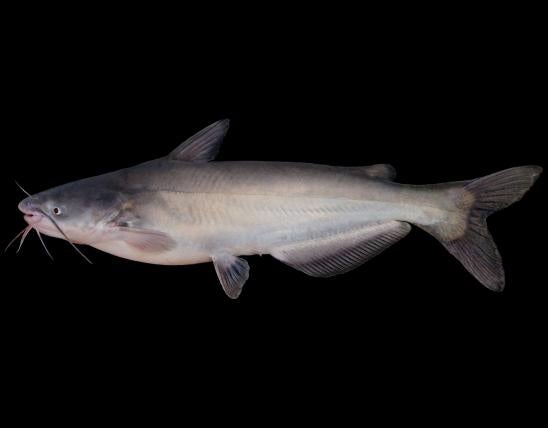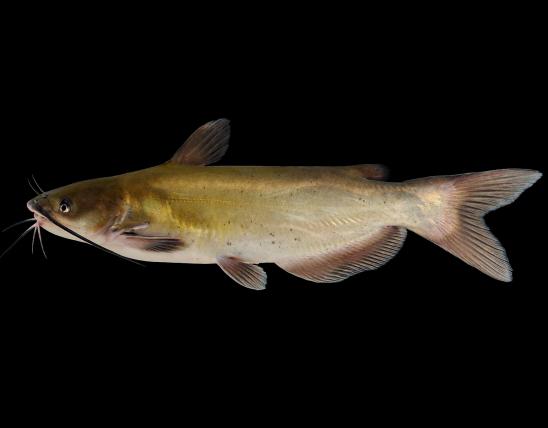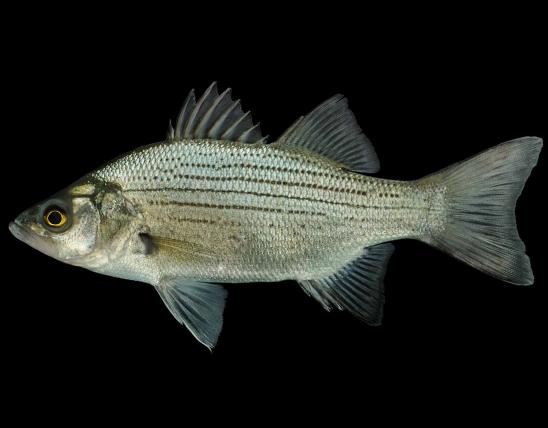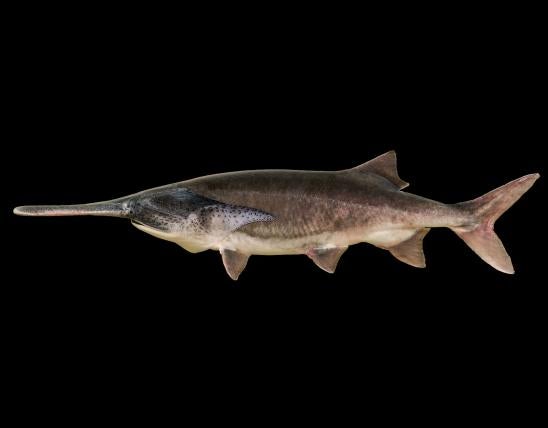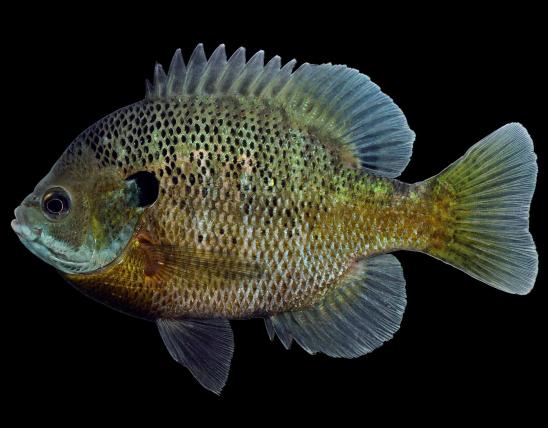Annual Prospects Report
Black bass fishing will be similar to previous years on the Niangua and Glaize arms. Largemouth bass electrofishing surveys conducted during the spring of 2023 indicated that the percentage of the population equal to or greater than the 15-inch size limit was 25 percent on the Niangua Arm and 12 percent on the Glaize Arm. The lower percentage of 15-inch and greater fish on the Glaize Arm is attributed to a large group of younger fish that are between 10-12 inches. The percentage of the population of spotted (Kentucky) bass over the 12-inch size limit on the Niangua arm was 30 percent, and on the Glaize Arm was 24 percent. Although bass can be caught year-round, the best times are spring and fall, especially around points, brush piles, and docks. The best producing lures are topwater baits (low light periods), plastic worms, jigs, crankbaits, and spinnerbaits. Winter is also an excellent time to fish for bass by slowly fishing jerkbaits off points or pea gravel banks.
During the fall of 2022, approximately 50 percent of the white crappie and black crappie on the Niangua Arm were equal to or greater than the 9-inch minimum length limit. This should continue to produce great fishing in 2024. Concentrate on brush piles, especially those located on or near points. The ability to locate good structure is the key to successful crappie fishing on Lake of the Ozarks. Visit: http://short.mdc.mo.gov/Z4u for information about brush piles that have been placed in the lake by MDC staff. Small jigs (1/32 to 1/8 ounce) and minnows are the best baits.
Catfish action in 2023 should be similar to the past few years. The best months are April through September for channel catfish. Blue catfish remain active later into the fall and can be caught year-round. Drifting and fishing live or cut shad on days with a light breeze consistently produces the best catches. Blue catfish have a tendency to inhabit open water, so fishing some distance from the shoreline with your bait several feet off the bottom may increase your odds. The mouths of coves, deep flats, and river channel breaks are prime areas. Note that a protected slot limit pertaining to blue catfish went into effect in 2014. All blue catfish from 26 inches to 34 inches must be immediately returned to the water. If you are after channel catfish, try to keep your bait on or near the bottom, and fish relatively close to the shoreline. To catch flathead catfish, use live bait such as a small bluegill or green sunfish instead of cut bait and fish near large boulders or woody cover.
White bass fishing should be average. Fish windy points, submerged islands and long, sloping points using either artificial lures or shad. Opportunities for catching hybrid striped bass are good in the Truman Dam tailwater and, during the summer and winter months, in spring-fed areas of the lake. Walleye have been consistently stocked in Lake of the Ozarks since the mid-1990's. Although most walleye are caught incidentally by anglers targeting other species, anglers fishing specifically for walleye are becoming increasingly successful. Walleye are typically caught by trolling crankbaits on steep rocky points and humps. Jigs tipped with either minnows, nightcrawlers, or a twister tail grub, fished on or near the bottom, is another productive technique. Unlike bass, walleye tend to prefer bright colored jigs and dressings such as orange, white, and chartreuse. The lake also offers good fishing for a number of other species including paddlefish, sunfish, gar, and common carp. Remember to use proper handling techniques when releasing fish back to the water to ensure their survival.
























